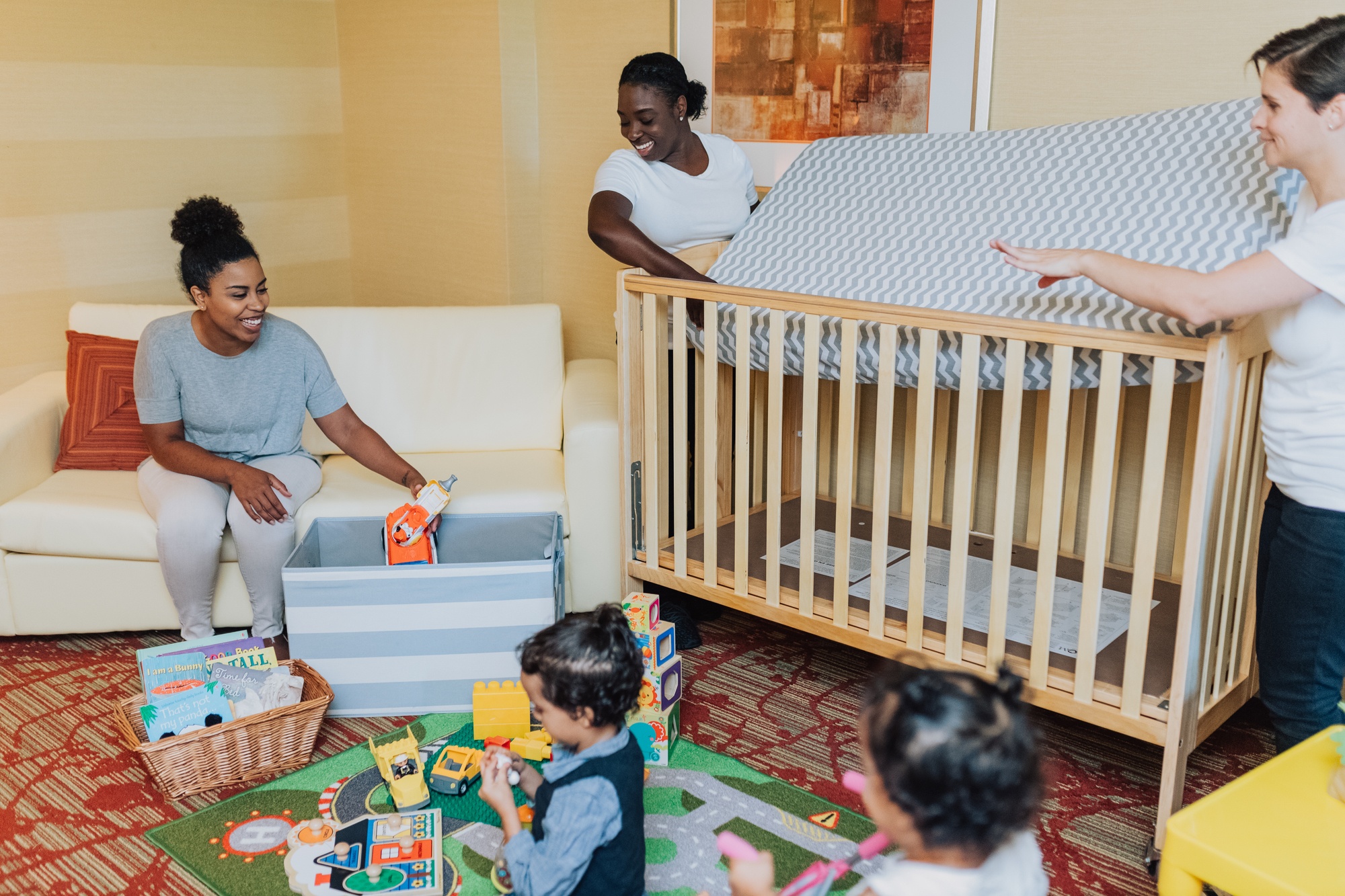
How to Teach Sensory Learning for All Children
Sensory learning is an important tool for all children, especially those with ADHD or autism. It can help children in the classroom by providing a structured environment and sensory stimuli to focus on. There are many different ways to incorporate sensory learning into the classroom, and this blog post will provide some tips on how to do so.
What is Sensory Learning.
What are the Different Types of Sensory Learning
There are three different types of sensory learning: visual, auditory, and kinesthetic.
Visual learners learn best when they can see what they are learning. They often prefer to learn by reading or watching videos.
Auditory learners learn best when they can hear what they are learning. They often prefer to learn by listening to lectures or audio books.
Kinesthetic learners learn best when they can touch and feel what they are learning. They often prefer to learn by doing hands-on activities or experiments.
Visit: https://the-sensory-stores.com/blogs/news/homeschool-sensory-learning
How can Sensory Learning be used in the Classroom
Sensory learning can be used in the classroom by incorporating all three types of sensory learning into lesson plans and activities. For example, a lesson on the solar system could include reading a book about space, listening to a podcast about astronauts, and building a model of the solar system out of styrofoam balls and toothpicks. By including all three types of sensory learning, all students will be able to find at least one activity that works well for them and helps them understand the material better.
Why is Sensory Learning Important for All Children.
How does Sensory Learning Help Children with ADHD
Sensory learning can help children with ADHD in a number of ways. For example, it can help them to focus and pay attention, as well as to regulate their emotions. In addition, sensory learning can also help children with ADHD to develop fine motor skills and improve their coordination.
How does Sensory Learning Help Children with Autism
Sensory learning can help children with autism in a number of ways. For example, it can help them to develop communication skills and social skills. In addition, sensory learning can also help children with autism to develop fine motor skills and improve their coordination.
How does Sensory Learning Help All Children in the Classroom
Sensory learning is important for all children because it helps them to develop essential life skills such as communication, social skills, problem-solving skills, and critical thinking skills. In addition, sensory learning can also help children to develop fine motor skills and improve their coordination.
Tips for Implementing Sensory Learning in the Classroom.
When implementing sensory learning in the classroom, there are a few important factors to keep in mind. First, it is important to create a comfortable and inviting environment. The classroom should be spacious and free of clutter, with plenty of natural light if possible. The furniture should be comfortable and inviting, and there should be ample storage for materials and supplies. Secondly, it is important to have the proper materials on hand. These might include items such as fidgets, noise-cancelling headphones, soft pillows or blankets, weighted lap pads, etc. It is also important to have a variety of textures, colors, and smells available for exploration. Thirdly, it is important to plan lessons that are engaging and stimulating for all students. Sensory learning activities can be incorporated into any lesson plan, and there are many great resources available online or through educational publishers. Finally, it is important to provide opportunities for students to move throughout the day – whether that means allowing them to stand during class lectures or providing breaks for physical activity every 20 minutes or so. By keeping these tips in mind, you can create a sensory-friendly classroom that will benefit all students!
Sensory learning is a vital educational tool that can benefit all children, regardless of ability level. By understanding what sensory learning is and how it can be used in the classroom, educators can better meet the needs of all their students. Additionally, implementing some simple changes to the classroom environment and lesson planning can go a long way in incorporating sensory learning into daily instruction. When all students are given the opportunity to learn through their senses, they are more likely to succeed both academically and socially.



